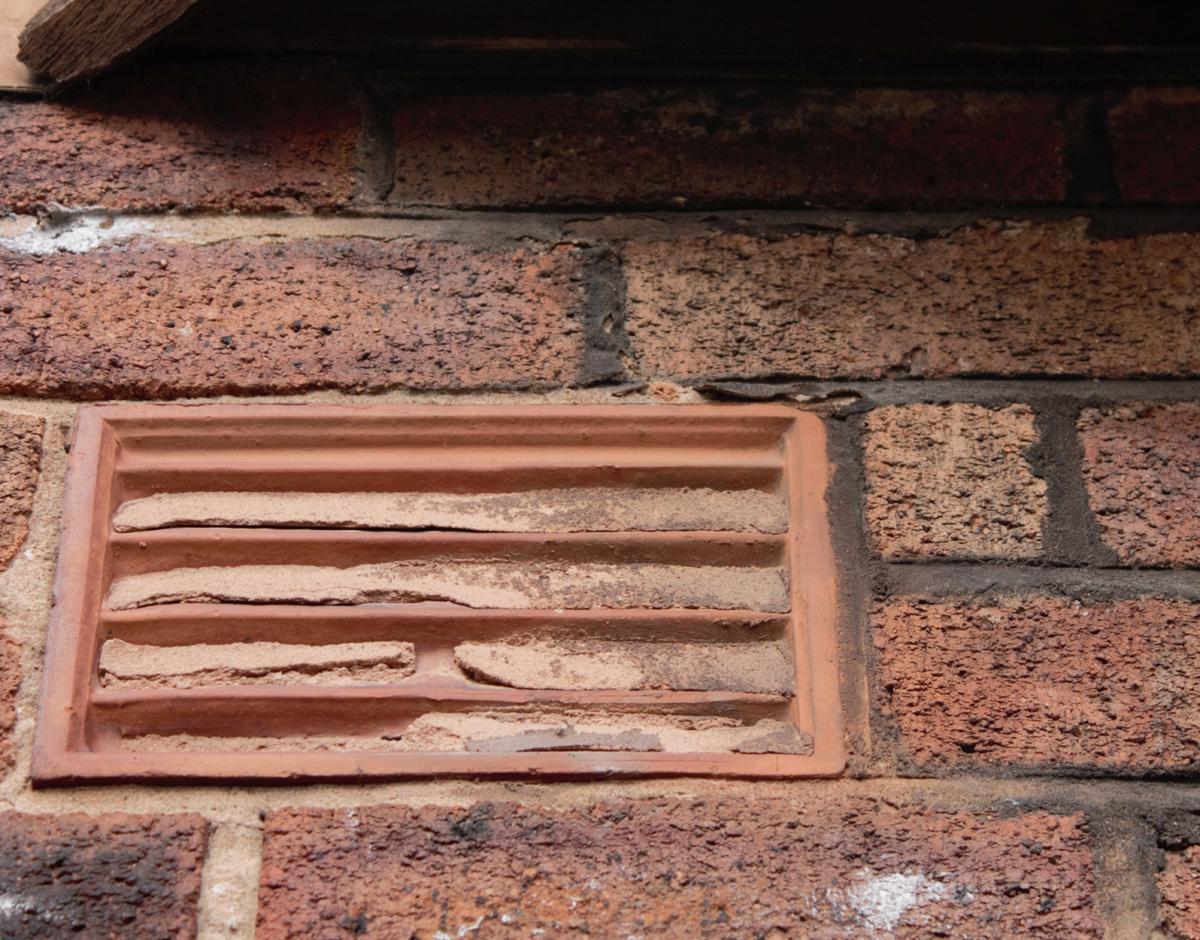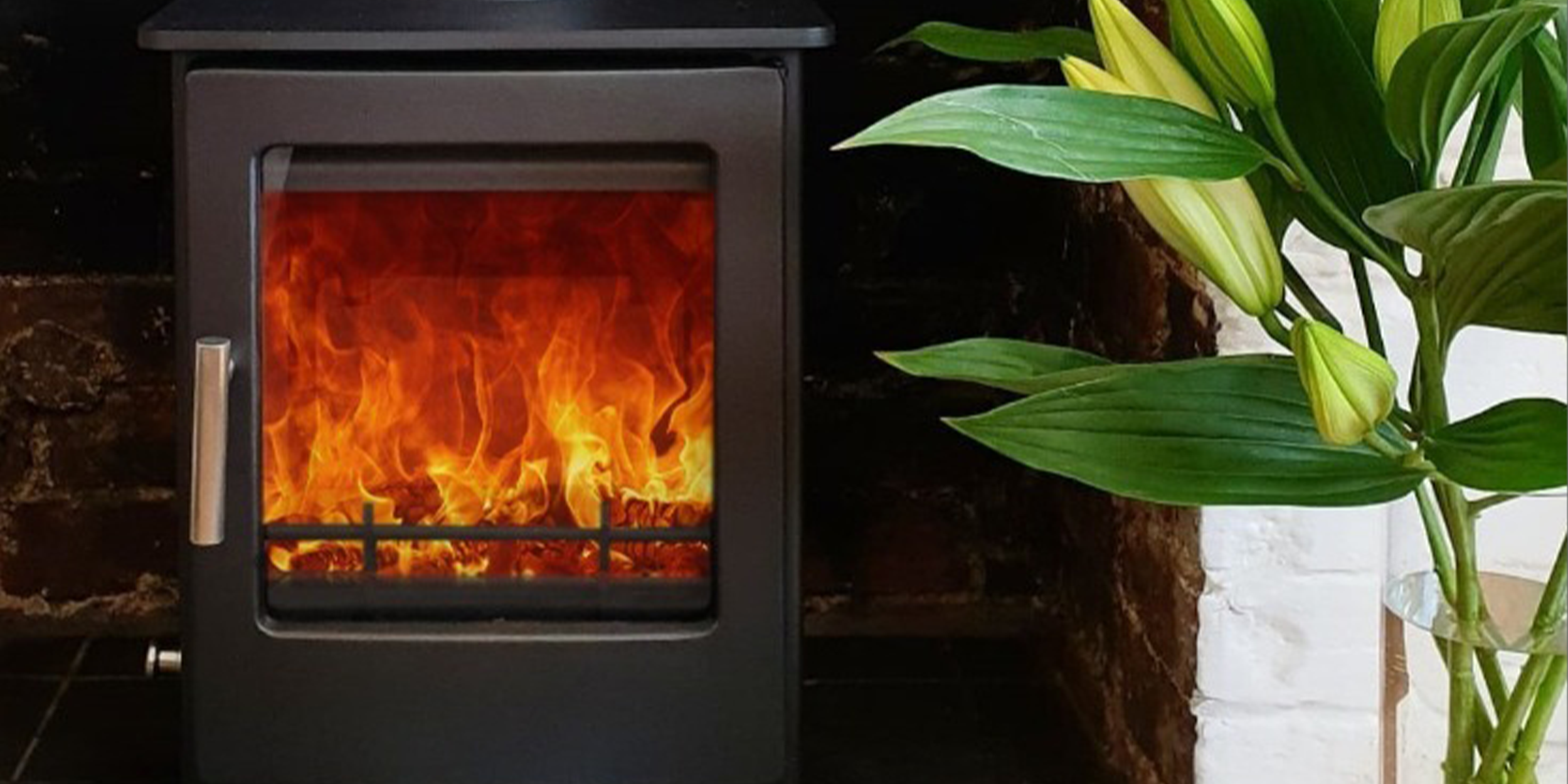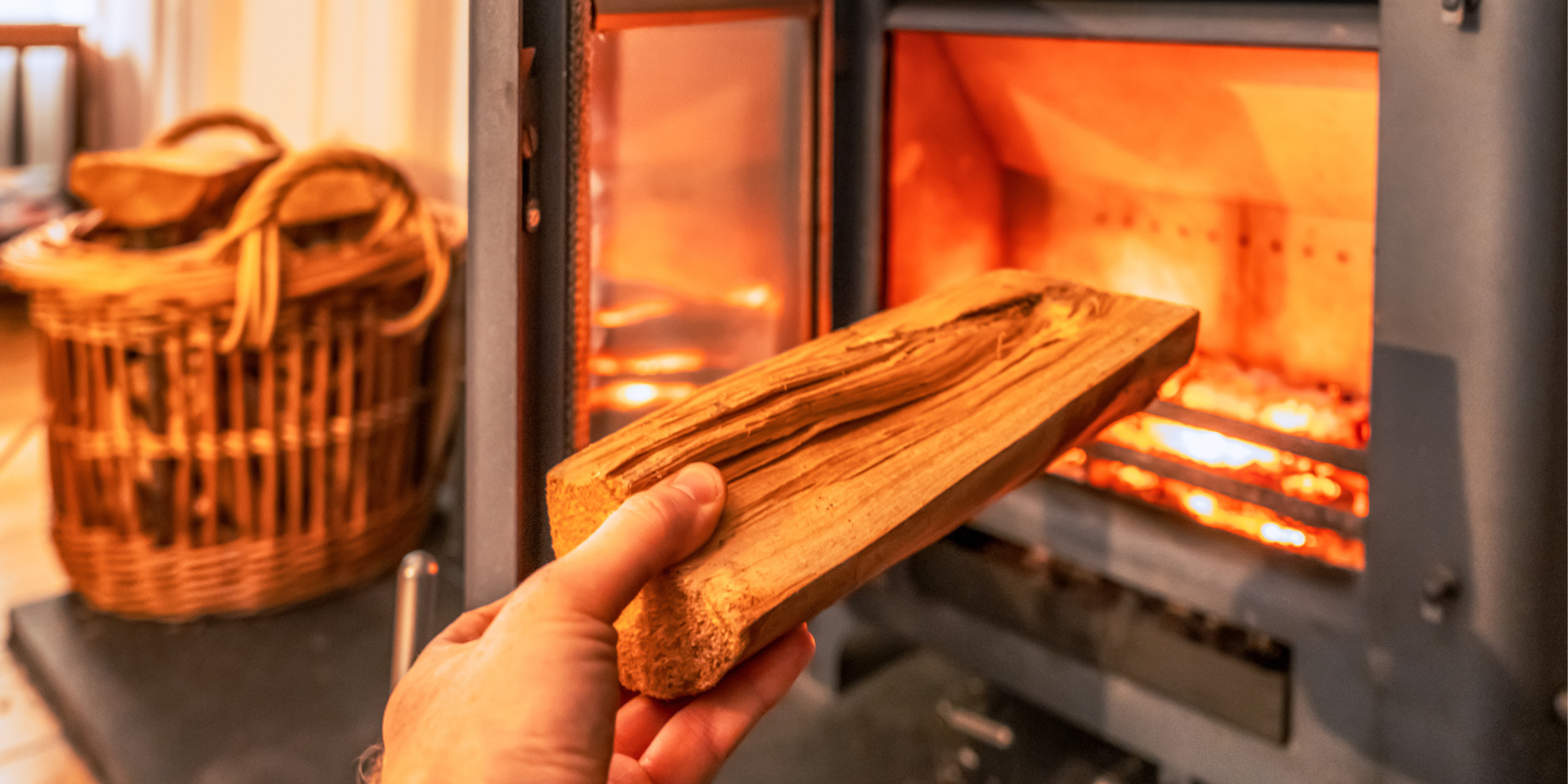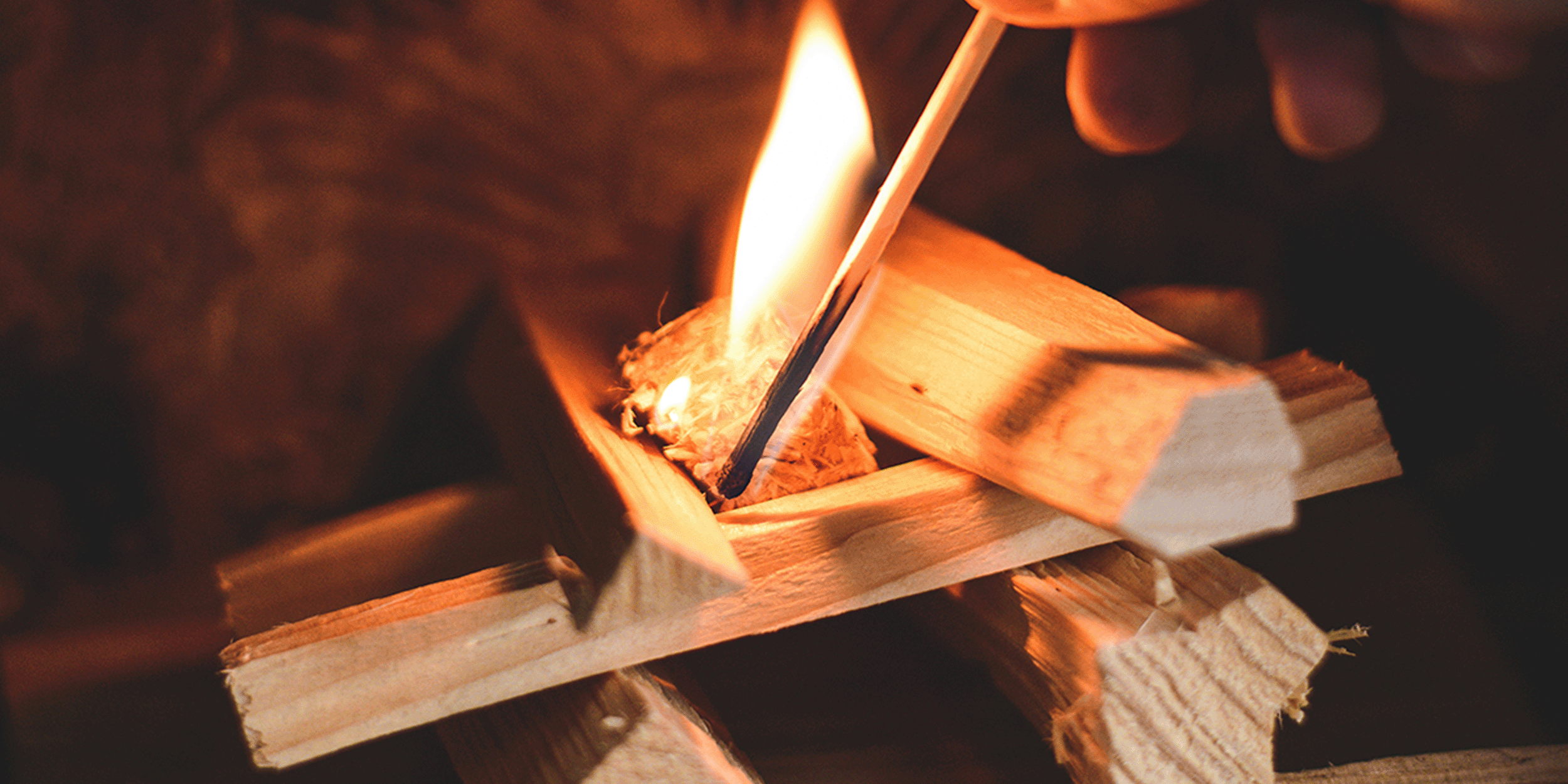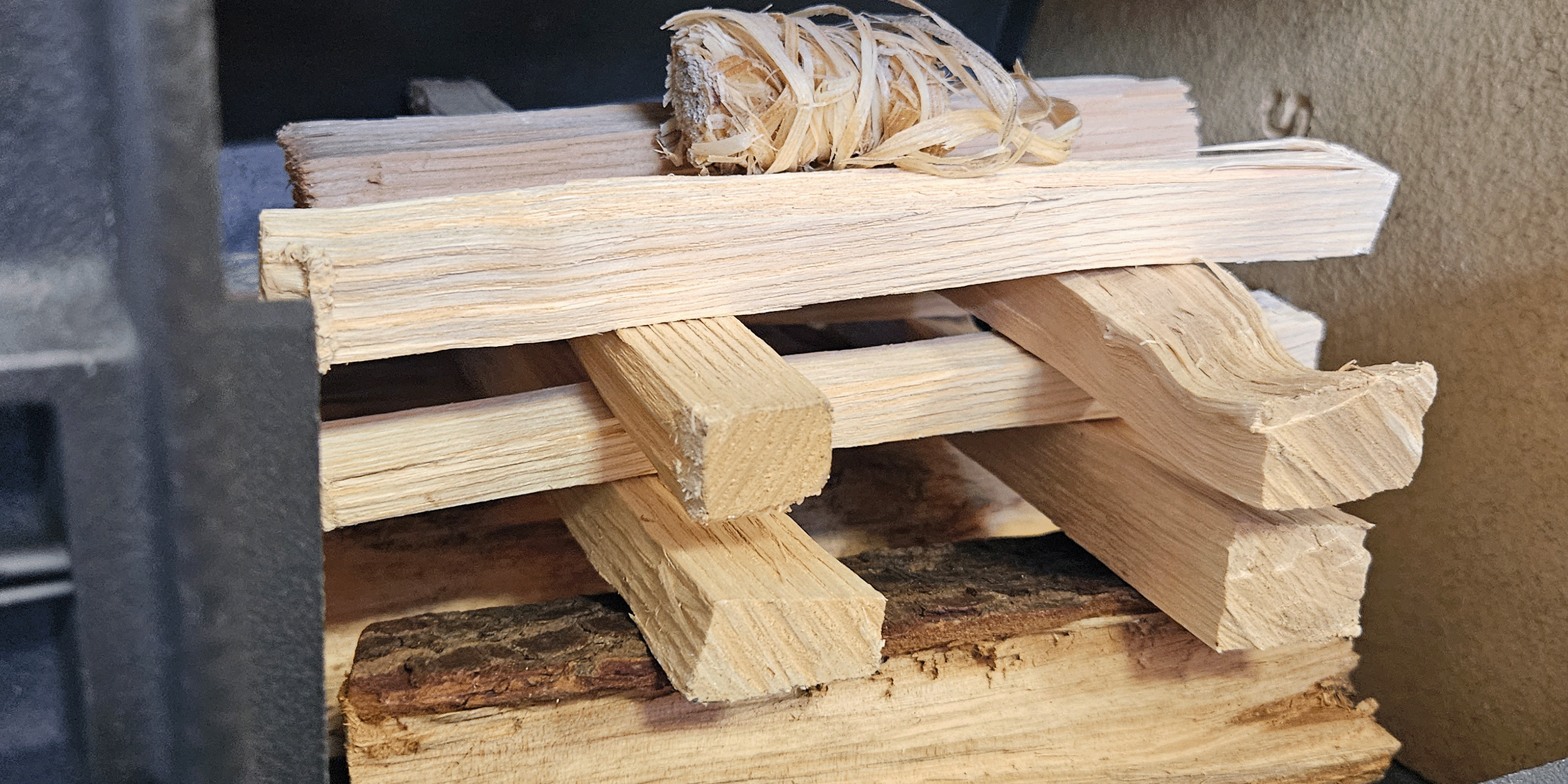Springtime stove maintenance
Spring is the perfect time to give your stove some TLC. Keeping up with regular maintenance aids the longevity, safety, and efficiency of your appliance. We’ve compiled a list of some checks you can do across your installation to keep it in tip-top shape. If you ever need further advice about the maintenance and upkeep of your appliance, get in touch with your local HETAS Registrant.
Rope seals
Rope seals form an airtight seal around the fire door of your stove, preventing combustion air from being drawn into the firebox. If your stove rope is faulty or degraded, the airtight seal will be compromised, causing you to have difficulty controlling your fire and burn through fuel much quicker.
Many stove owners replace the rope seal themselves. It is important to ensure you wear suitably protective gloves as glass rope seals and high-temperature adhesives can irritate the skin. Your local HETAS Registrant can offer further advice or replace the rope seal themselves if you do not feel confident.
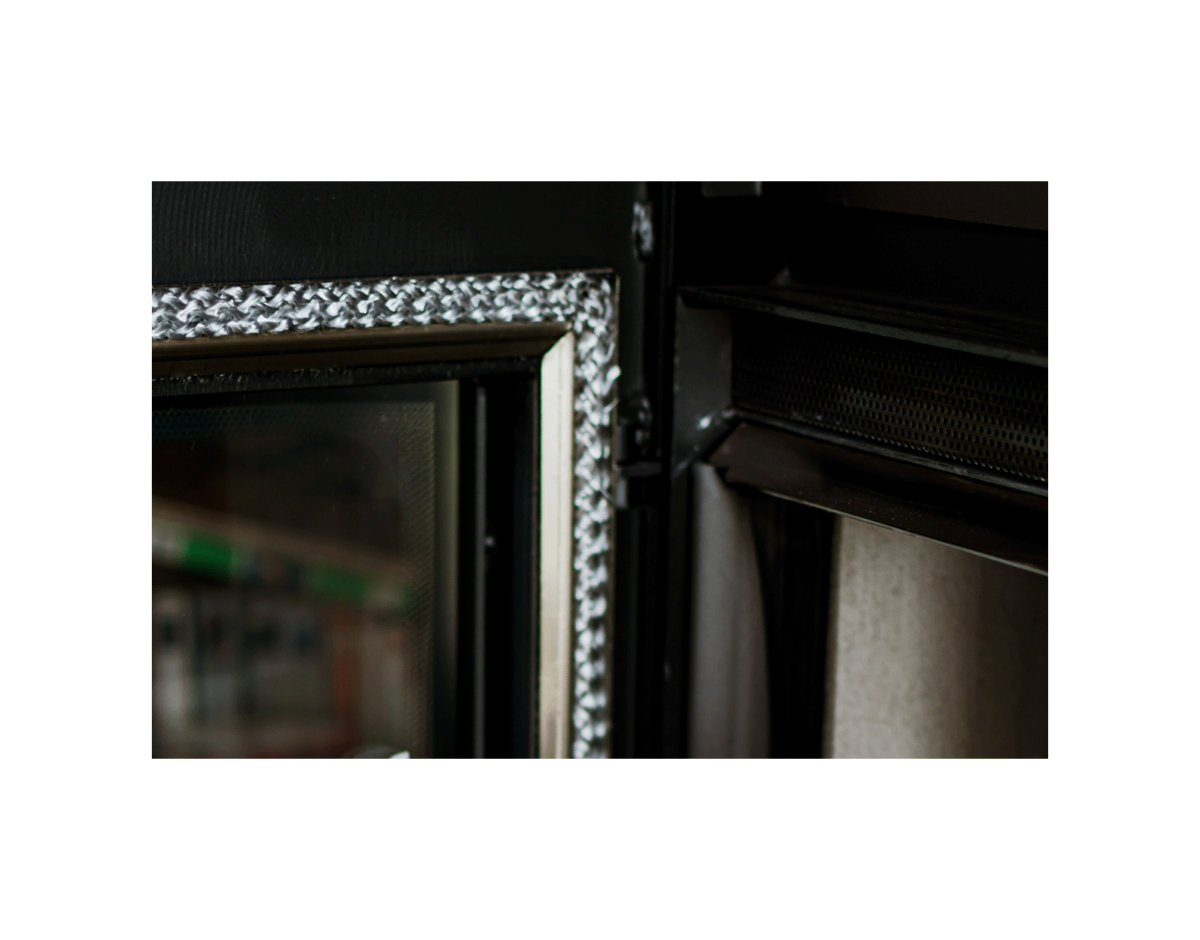
The appropriate size of stove fire rope will be detailed in your stove’s manufacturer’s instructions. You can order rope kits online or by heading to your local HETAS Approved Retailer.
Firebricks
Firebricks come in a variety of shapes, sizes, and materials, making it difficult to spot any major signs of damage. Hairline cracks (very small cracks running through the bricks) are not a cause for concern and you can continue using your stove without the need for an immediate replacement if you spot these. When your bricks start to show signs of larger cracks and begin to crumble it is crucial that you replace them.
To keep your firebricks in the best condition:
- Avoid overfiring your stove
- Don’t throw fuel into the firebox
- Avoid forcing fuel into your stove; only load the appropriate amount
- Burn the suitable fuel for your stove
- Use good quality, dry fuel
Glass cleaning
Your HETAS Approved Chimney Sweep can offer a glass cleaning service for you or can provide tips on how to do it yourself.
Read our top tips article for guidance on stove glass cleaning techniques.
Baffle plates
Your stove’s baffle (also referred to as throat plate or top plate) can buckle or burn out due to its position at the top of your stove’s firebox. If you see any signs of buckling or damage to your stove’s baffle plate, it will likely need replacing soon.
The baffle plate should be cleaned in accordance with the manufacturer’s instructions – this is usually once a month but can vary across appliances.
Stove grates
As your grates and grate bars bear the brunt of the heat inside your stove, they will wear down over time. It is important to regularly inspect your stove grates and replace them when you first spot signs of warping or thinning.
Carbon monoxide alarm
Regular checks of your carbon monoxide and smoke alarms are vital for your safety. Carbon monoxide is an extremely poisonous gas that is odourless and colourless, making it difficult to detect without a functioning alarm.
Ventilation
Your stove requires ventilation for safety and efficiency. Routinely checking that ventilation in your home is not blocked is important. Correctly functioning ventilation enables your stove to burn efficiently and allows for fresh air to be circulated around the room.
Stove ash
Ashes left in your stove can be a fire or carbon monoxide hazard. Some stoves operate with a small amount of ash – ensure you check the manufacturer’s instructions to determine what is best for your stove.
Stove exterior
It is good practice to regularly clean the exterior of your stove using a lint-free cloth or a clean shoe brush, wiping away any soot or dust that has accumulated. You can also use a household vacuum cleaner with soft brush attachments to remove traces of dust or fully cooled ash. This will prevent any build-up that could damage the exterior of your stove.
Never use a damp cloth or water to clean the exterior of your stove – this can cause it to rust over time.
Chimney sweeping
Regardless of what type of chimney you have – even if it’s lined – it will still need regular sweeping:
- If you burn wood, you should have your chimney swept at least twice a year
- if you burn smokeless fuels, you should have you chimney swept at least once a year
The best time to get your chimney swept is just before the heating season, or after your stove has not been used for a prolonged period of time. If you get your chimney swept twice a year, the second-best time is after the peak of the heating season.
Find your local HETAS Approved Chimney Sweep using your postcode.
The HETAS Advice Hub has a range of tips to help you get the most from your stove.
